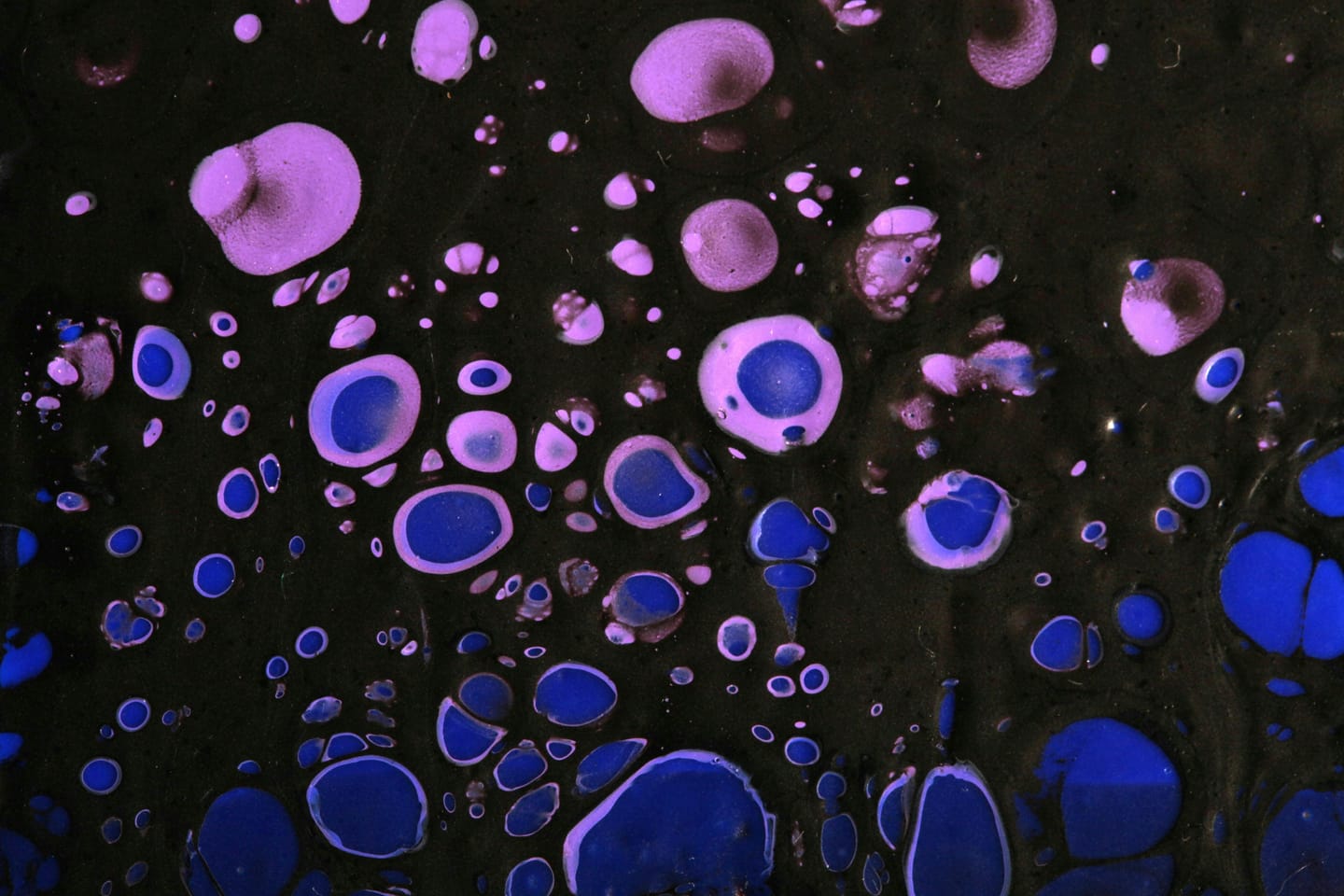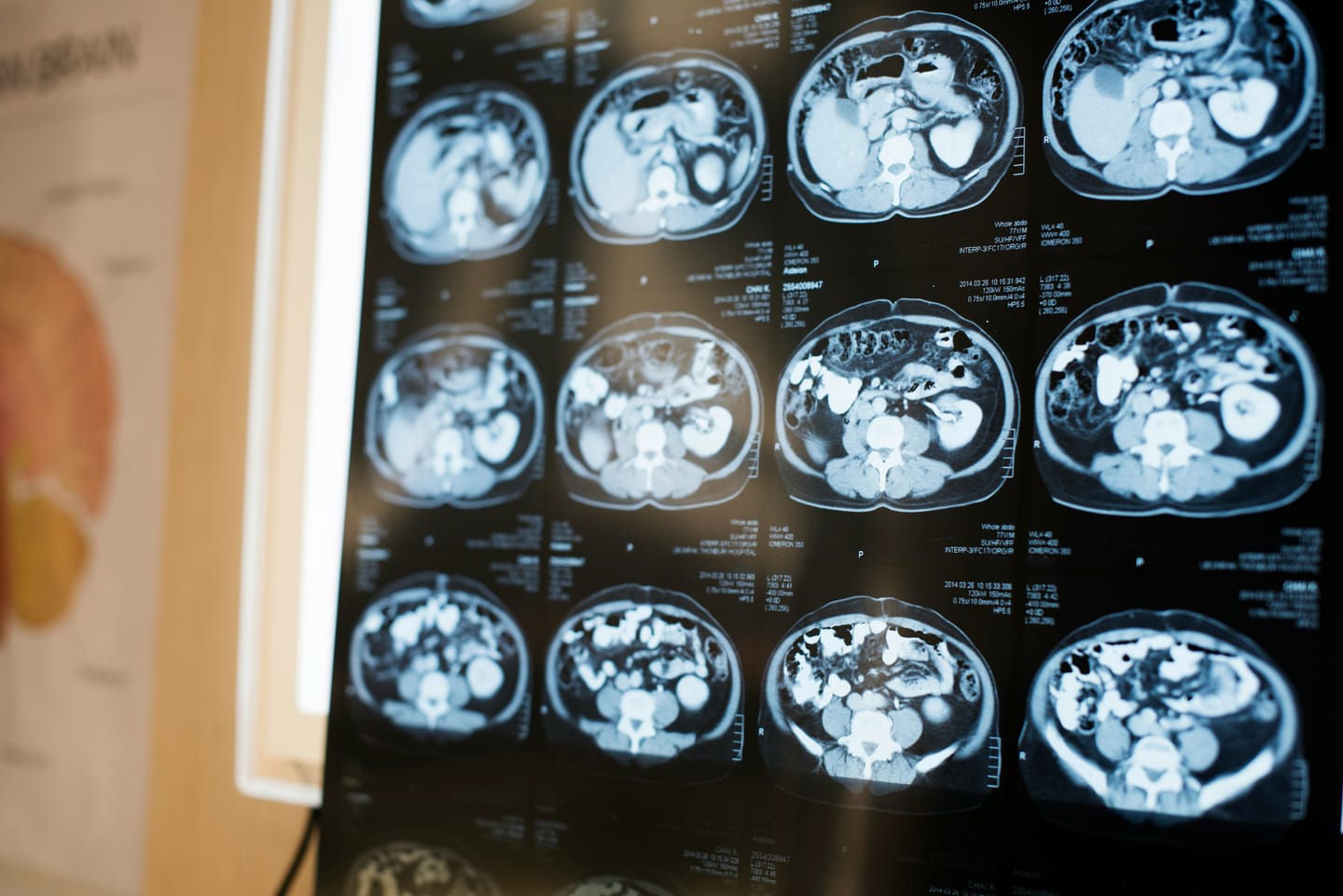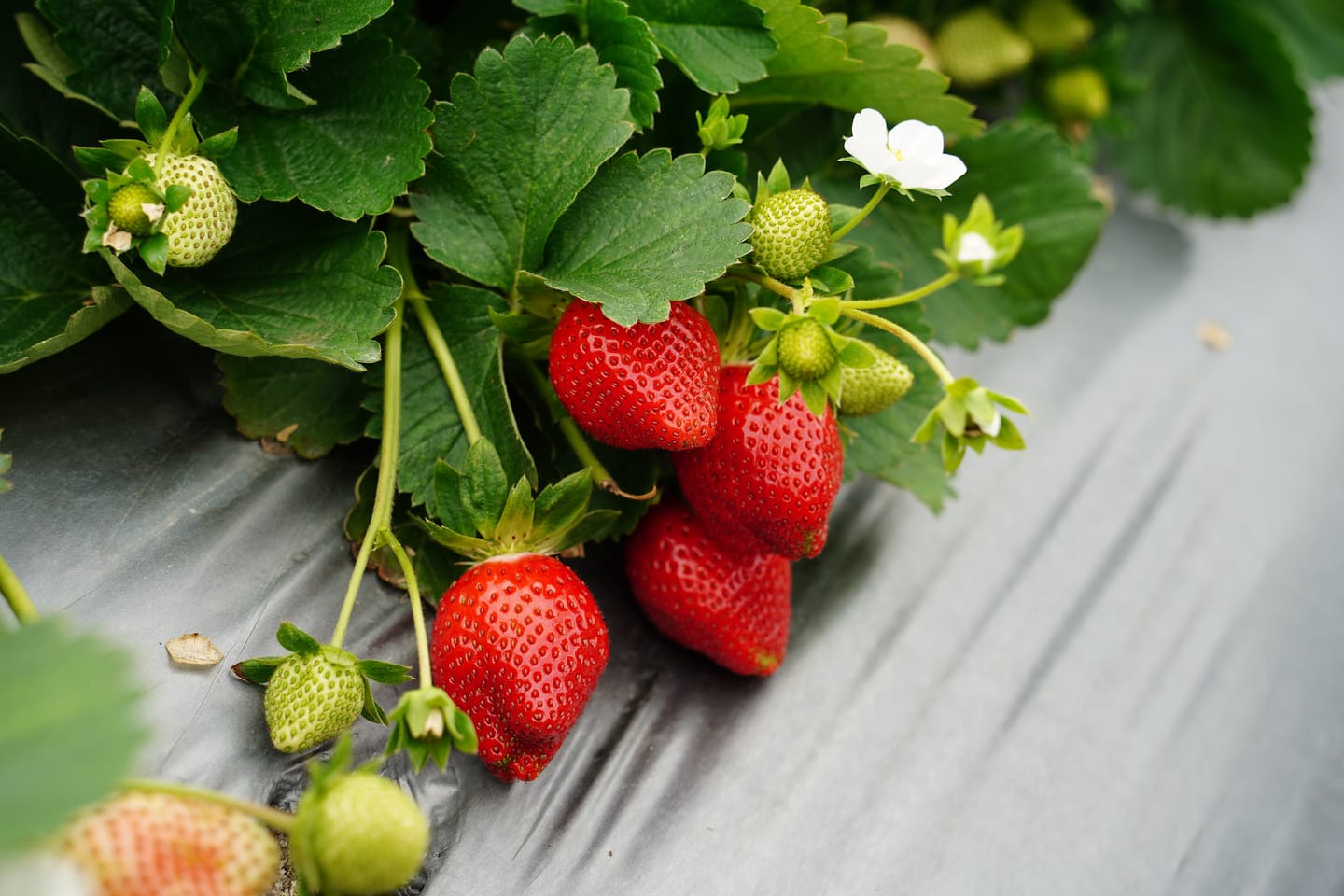Prompt-Driven Video Analysis of Animal Behaviour Using Gemini 2.5 Pro in Google AI Studio and via API
Can state-of-the-art multimodal models analyse animal behaviour directly from video footage? In this study, we tested Google’s Gemini 2.5 Pro — both in AI Studio and via its API — to assess whether it can produce structured ethological descriptions based purely on short animal-related videos. By applying a consistent prompt








